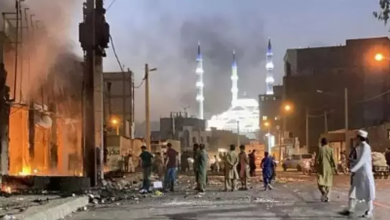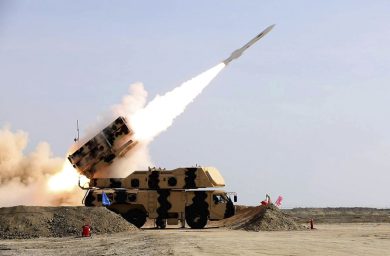In the Islamic Republic of Iran, the act of speaking out is an act of bravery—and often, one of sacrifice. From students and workers to teachers, journalists, and women’s rights activists, many who take to the streets or express dissent online soon find themselves arrested, abused, or disappeared into the prison system. The Islamic Revolutionary Guard Corps (IRGC), serving as the regime’s primary enforcement arm, plays a central role in punishing protestors and maintaining a culture of fear.
1. The Protest Landscape in Iran: A Nation Restless
• Overview of protest history: From the 2009 Green Movement to the 2022 Women, Life, Freedom uprising.
• Triggers of unrest: political repression, economic hardship, environmental crisis, and gender-based discrimination.
• Widespread participation by youth, women, and ethnic minorities.
2. The IRGC and the Machinery of Repression
• Role of the IRGC Intelligence Organization in identifying and suppressing protestors.
• Tactics: surveillance, arbitrary arrests, night raids, and social media monitoring.
• Use of paramilitary forces like Basij to crush demonstrations violently.
3. From the Streets to the Cells: Common Arrest Practices
• Lack of legal procedures and rights upon arrest.
• Torture and forced confessions.
• Incommunicado detention and pressure on families.
• Case study: The arrest of journalist Niloofar Hamedi who reported on Mahsa Amini’s death.
4. Iran’s Notorious Prisons: Centers of Punishment
• Evin Prison and Qarchak Women’s Prison: epicenters of political incarceration.
• Conditions: overcrowding, unsanitary environments, denial of medical care.
• Gender-based abuse: threats of sexual violence, psychological torture.
• Stories from inside: letters, leaked recordings, and testimonies from released prisoners.
5. Women Behind Bars: Voices of Defiance
• Female protestors face unique forms of repression aimed at silencing feminist resistance.
• Profiles: Narges Mohammadi, Sepideh Gholian, Atena Daemi.
• The hijab as a tool of control and resistance.
6. The IRGC’s Strategy: Silencing Through Fear
• Mass arrests during protests as a warning to others.
• Televised forced confessions used for public shaming.
• Long sentences for minor acts of protest, especially for women, students, and ethnic minorities.
7. The Psychological Toll of Repression
• Trauma experienced by prisoners and their families.
• Impact on mental health: PTSD, anxiety, suicide attempts.
• Cultural stigma faced by released prisoners, especially women.
8. The Role of International Pressure and Solidarity
• How global media, human rights groups, and diaspora Iranians support prisoners.
• Calls for targeted sanctions against IRGC officials.
• Impact of campaigns like #FreeIranianWomen and #FreePoliticalPrisoners.
9. Protest as a Human Right: Reclaiming the Public Space
• Protest as an act of reclaiming identity, autonomy, and power.
• Digital protest: art, poetry, social media activism.
• Women’s leading role in redefining resistance.
Conclusion: The Future of Protest in Iran
Despite brutal consequences, Iranians—especially women—continue to protest. Each arrest tells the world that the regime fears truth and resistance. From the jail cells of Evin to the streets of Tehran, the spirit of defiance endures. The cost is high, but the call for justice is louder than fear.
Join Our Newsletter!
Stay informed with the latest updates, news, and ways to take action in the fight for justice and global security. Sign up now to get updates delivered straight to your inbox!





